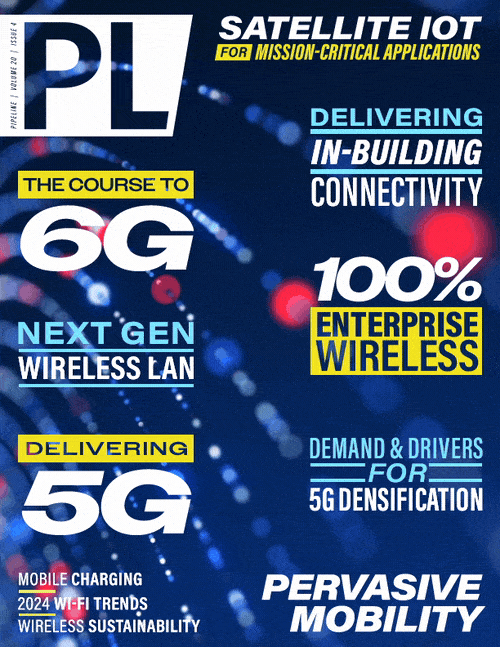Automation is the Key to Realizing
the Full Potential of 5G
By: Marco Gatti
 While the benefits of increased capacity, lower latency, and increased bandwidth are well known, the full spectrum of new 5G business opportunities for operators will only arrive with 5G
standalone.
While the benefits of increased capacity, lower latency, and increased bandwidth are well known, the full spectrum of new 5G business opportunities for operators will only arrive with 5G
standalone.
Non-standalone 5G allows operators to offer customers additional capacity and improved data rates by means of a 5G coverage overlay founded on the 4G network core. New B2C and B2B business cases such as gaming, V2X and IoT, network slicing and mobile edge computing, will unlock new revenue streams. But these advanced capabilities are dependent on a cloud-native core and service-based architecture of 5G SA.
In the 4G and 5G NSA world, a single network is shared among all the users. In the coming standalone world, each user will have the option of subscribing to their own dedicated and personalized network.
Theoretically, there could be hundreds, thousands or even millions of simultaneous network slices, dynamically appearing and disappearing on the fly, each with its own customer-defined
attributes. Each slice should have its own core network functions.
From an operations perspective, the network is about to become significantly more complex to manage.
Many operators are experimenting with the new 5G capabilities but, so far, most are limiting the number of slices. Even this is significantly increasing network complexity compared with 4G – because operators need to monitor and manage multiple core networks end-to-end.
For example, a stadium might have a regular requirement for network slices on match days to support e-ticketing, mobile payments, or in-stadium content services for spectators. However, a concert taking place at the same venue might benefit from a different slice offering additional support for the production for 12 or 24 hours around the event.

Figure 1 4G is setting the baseline for OpEx
Healthcare is rightly seen as a massive opportunity for 5G. For many remote healthcare services high availability through guaranteed redundancy would be a key attribute. Ultra reliability rather than low latency would be key for remote supervision of surgery: as it will be some time before remote robotic surgery becomes an insurable reality, a human will continue to wield the scalpel.
Users of capital-intensive plants and machinery place massive importance on minimizing downtime and avoiding breakdowns. This type of equipment has traditionally been managed using very conservative physical monitoring. Embedded monitoring capabilities that connect over a highly reliable 5G slice that offers ultra-low latency could make a big difference by detecting issues even microseconds in advance. Until now, wireless connectivity has not been stable enough or latency reliably low enough to support such applications.
In the full 5G world, customers will be able to choose slice attributes that meet their specific needs, irrespective of whether they are primarily motivated by commercial or safety considerations. While there are thousands of potential use cases for 5G slices, few of them are mass market: 5G will create a mass market of niche applications.
So how are these new networks with infinite flexibility to be managed? The answer is zero-touch automation.
4G and physical network functions set the baseline for OpEx in the past. Costs were relatively stable but rose with inflation and in response to traffic growth (see figure 1 above). On today’s 5G networks, slices are currently limited in number, mostly static, and managed in the same way as the legacy network. However, even this increase in complexity, and the gradual introduction of new technologies such as containers and public clouds, are adding to OpEX. If current management techniques and processes were to be maintained into the era of dynamic 5G slicing, OpEx would escalate exponentially and unsustainably. Reliability is also likely to suffer as it



















